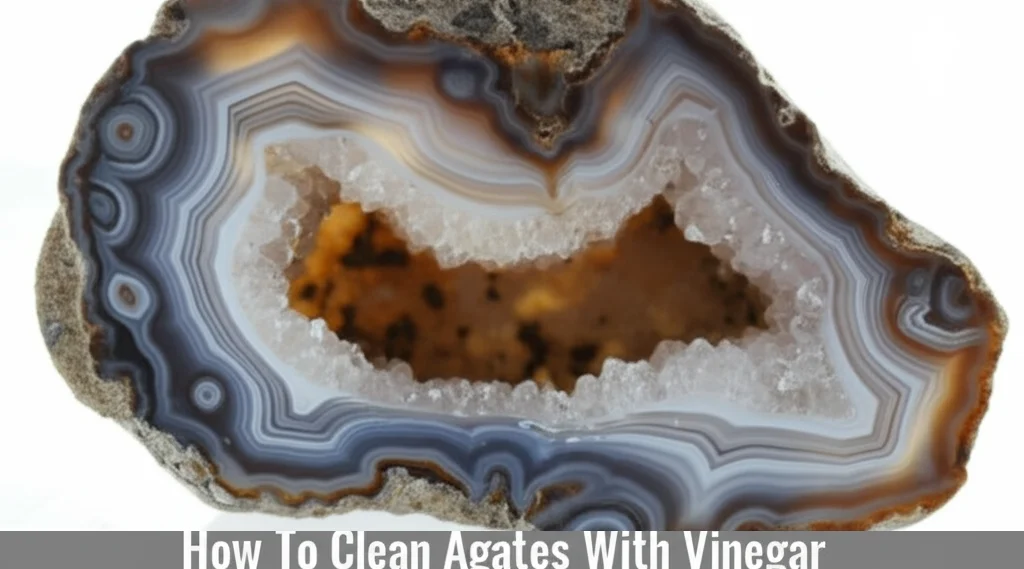· RV Maintenance · 7 min read
How To Clean Rv Hot Water Heater With Vinegar

RV Hot Water Heater Cleaning: A Vinegar Flush Guide
Is your RV hot water taking longer to heat up, or are you noticing inconsistent water temperatures? These are common signs that sediment has built up inside your RV hot water heater. Don’t worry, you don’t need a professional! Cleaning your RV hot water heater with vinegar is a simple, affordable, and effective way to restore its performance. This article will walk you through the entire process, step-by-step, ensuring you have hot water on demand for all your RV adventures. We’ll cover everything from gathering supplies to the final flush, keeping your system running smoothly.
Takeaway:
- Regularly flushing your RV hot water heater prevents sediment buildup.
- Vinegar is a safe and effective natural cleaning agent for this purpose.
- This process is relatively easy and can save you money on repairs.
What does it mean to clean an RV hot water heater with vinegar?
Cleaning an RV hot water heater with vinegar involves draining the tank, filling it with a vinegar and water solution, letting it soak to dissolve sediment, and then thoroughly flushing the tank with clean water. This process removes mineral deposits and debris, improving efficiency and extending the life of your water heater.
Why You Need to Clean Your RV Hot Water Heater
Over time, minerals like calcium and magnesium, along with other debris, accumulate at the bottom of your RV hot water heater tank. This sediment acts as an insulator, reducing heating efficiency and forcing the heater to work harder. A buildup can lead to several issues, including reduced hot water capacity, strange noises, and even premature heater failure. Regular cleaning prevents these problems and ensures your hot water system operates at its best. Think of it like this: a clean heater is a happy heater, and a happy heater means comfortable showers and dishwashing on the road!
Gathering Your Supplies for the Vinegar Flush
Before you begin, it’s important to have all the necessary supplies on hand. This will make the process smoother and more efficient. Here’s what you’ll need:
- White Vinegar: Approximately 3-6 gallons, depending on your tank size.
- Garden Hose: For connecting to your RV’s water inlet and flushing the tank.
- Screwdriver or Wrench: To access the drain plug and anode rod (if applicable).
- Bucket: To catch the drained water and sediment.
- Rubber Gloves: To protect your hands.
- Safety Glasses: To protect your eyes from splashes.
- Water Heater Tank Rinser (Optional): This tool can help with a more thorough flush. You can find these at most RV supply stores.
- Anode Rod Wrench (Optional): If you plan to inspect or replace the anode rod.
Step-by-Step: Cleaning Your RV Hot Water Heater with Vinegar
Now that you have your supplies, let’s get started! Follow these steps carefully for a successful vinegar flush.
- Turn Off the Power: This is crucial for safety. Turn off the propane supply to the water heater if it’s gas-powered, or switch off the electric breaker if it’s electric.
- Let the Water Cool: Allow the water in the tank to cool completely before draining. Hot water can cause severe burns.
- Drain the Tank: Locate the drain plug (usually at the bottom of the tank) and carefully remove it, using a bucket to catch the water. Be prepared for some sediment to come out with the water.
- Mix the Vinegar Solution: Once the tank is drained, close the drain plug. Connect your garden hose to the RV’s water inlet and slowly add a mixture of equal parts white vinegar and water to the tank. The amount will depend on your tank size – aim to fill it almost completely.
- Let it Soak: Allow the vinegar solution to sit in the tank for several hours, or ideally overnight. This gives the vinegar time to dissolve the sediment. For heavily scaled tanks, you might consider letting it soak for up to 24 hours.
- Flush the Tank: After soaking, drain the vinegar solution completely. Then, flush the tank with clean water several times until the water runs clear. Use your garden hose to fill and drain the tank repeatedly.
- Inspect the Anode Rod (Optional): While the tank is drained, this is a good opportunity to inspect the anode rod. This rod protects the tank from corrosion. If it’s significantly corroded, replace it. You can learn more about anode rod maintenance here.
Dealing with Stubborn Sediment
Sometimes, even a long vinegar soak isn’t enough to remove all the sediment. If you’re still noticing debris after flushing, try these tips:
- Use a Water Heater Tank Rinser: This tool attaches to your garden hose and uses water pressure to agitate and dislodge stubborn sediment.
- Repeat the Vinegar Soak: Another round of soaking with fresh vinegar solution can help break down remaining deposits.
- Gentle Tapping: While the vinegar solution is in the tank, gently tap the sides of the tank with a rubber mallet. This can help loosen stuck-on sediment. Be careful not to damage the tank!
- Consider a Professional Flush: If you’ve tried everything and still can’t remove the sediment, it might be time to consult an RV technician.
Maintaining Your RV Hot Water Heater
Cleaning your RV hot water heater with vinegar is a great start, but regular maintenance is key to preventing future problems. Here are a few tips:
- Flush Annually: Make it a habit to flush your hot water heater with vinegar at least once a year, or more often if you frequently use hard water.
- Use a Water Filter: Installing a water filter on your RV’s water inlet can help reduce the amount of sediment entering the tank. You can find a variety of filters to suit your needs.
- Inspect the Anode Rod Regularly: Check the anode rod annually and replace it when it’s significantly corroded.
- Winterize Properly: If you live in a cold climate, properly winterizing your RV’s plumbing system, including the hot water heater, is essential to prevent damage from freezing. Proper winterization can also help prevent sediment buildup.
Frequently Asked Questions (FAQs)
- How often should I clean my RV hot water heater? At least once a year, or more frequently if you have hard water.
- Is vinegar safe for all RV hot water heaters? Yes, white vinegar is generally safe for most RV hot water heaters. However, always check your owner’s manual for specific recommendations.
- Can I use other cleaning solutions besides vinegar? While some commercial RV hot water heater cleaning solutions are available, vinegar is a natural, cost-effective, and environmentally friendly option.
- What if my drain plug is stuck? Try applying penetrating oil and letting it sit for a few minutes before attempting to remove the plug again. If it still won’t budge, consult an RV technician.
- How long does the vinegar flush process take? The entire process, including soaking, takes approximately 6-24 hours, depending on the severity of the sediment buildup.
- What does an anode rod do? The anode rod is a sacrificial metal rod that corrodes instead of the tank itself, protecting it from rust and extending its lifespan. You can learn more about maintaining your RV’s exterior here.
Conclusion: Enjoy Consistent Hot Water on the Road
Cleaning your RV hot water heater with vinegar is a simple yet effective way to maintain a crucial component of your RV’s comfort and convenience. By following the steps outlined in this guide, you can remove sediment buildup, improve heating efficiency, and extend the life of your water heater. Remember to prioritize safety, be patient, and make regular maintenance a part of your RV routine. Don’t let sediment ruin your next adventure – keep that hot water flowing! Now that you know how to clean your RV hot water heater, why not tackle another cleaning task? Check out our guide on how to clean vinyl plank flooring for another easy DIY project.




